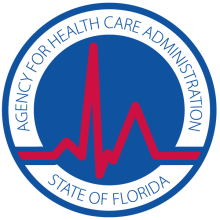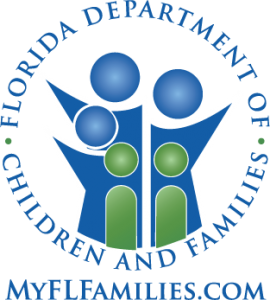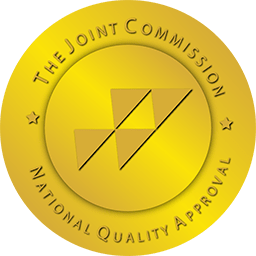Ecstasy is Illegal
Ecstasy is classified as a Schedule 1 controlled substance, which means it is classified as a dangerous narcotic with high potential for abuse and no acceptable medical use, the same as heroin, cocaine, and LSD.Possession, delivery, and manufacturing of ecstasy can lead to penalties such as fines up to $100,000 and up to 99 years or life in prison, depending on the amount of ecstasy involved.
Effects of Ecstasy Use
Despite the good feelings ecstasy seems to bring, ecstasy has very serious negative effects. The negative side of ecstasy occurs during and sometimes weeks after use. Below are some effects of ecstasy that may accompany even the first dose – and intensify with continued, heavier use:
- Confusion
- Sleep problems
- Anxiety
- Teeth clenching
- Blurred vision
- Acne-like rash
- Brain damage
- Depression
- Addiction
- Paranoia
- Nausea
- Chills and sweating
- Liver damage
- Aggression
- Faintness
- Muscle tension
- Violent, irrational behavior
- Convulsions
- Tremors
Ecstasy Users at High-Risk
Long-Terms Effects of Ecstasy Use
Long-Term Brain Injury Caused by Ecstasy
Herbal Ecstasy is Not a Safe, Natural Alternative

Drug Treatment for Ecstasy
If you think that you or a loved one may be addicted to ecstasy, please contact us right away. We’re here to help. Call us at 1 800-626-1980 or request more information.







